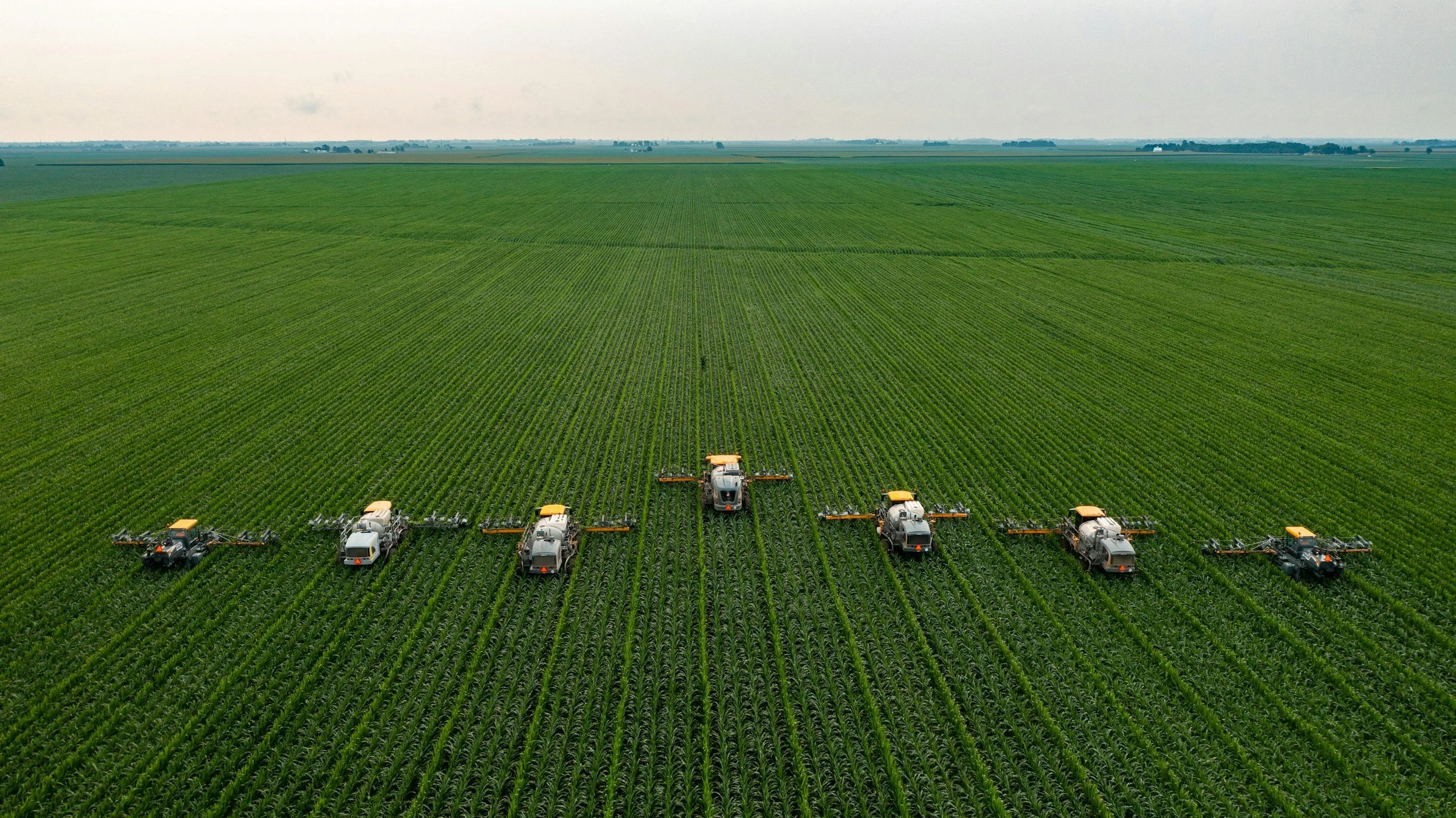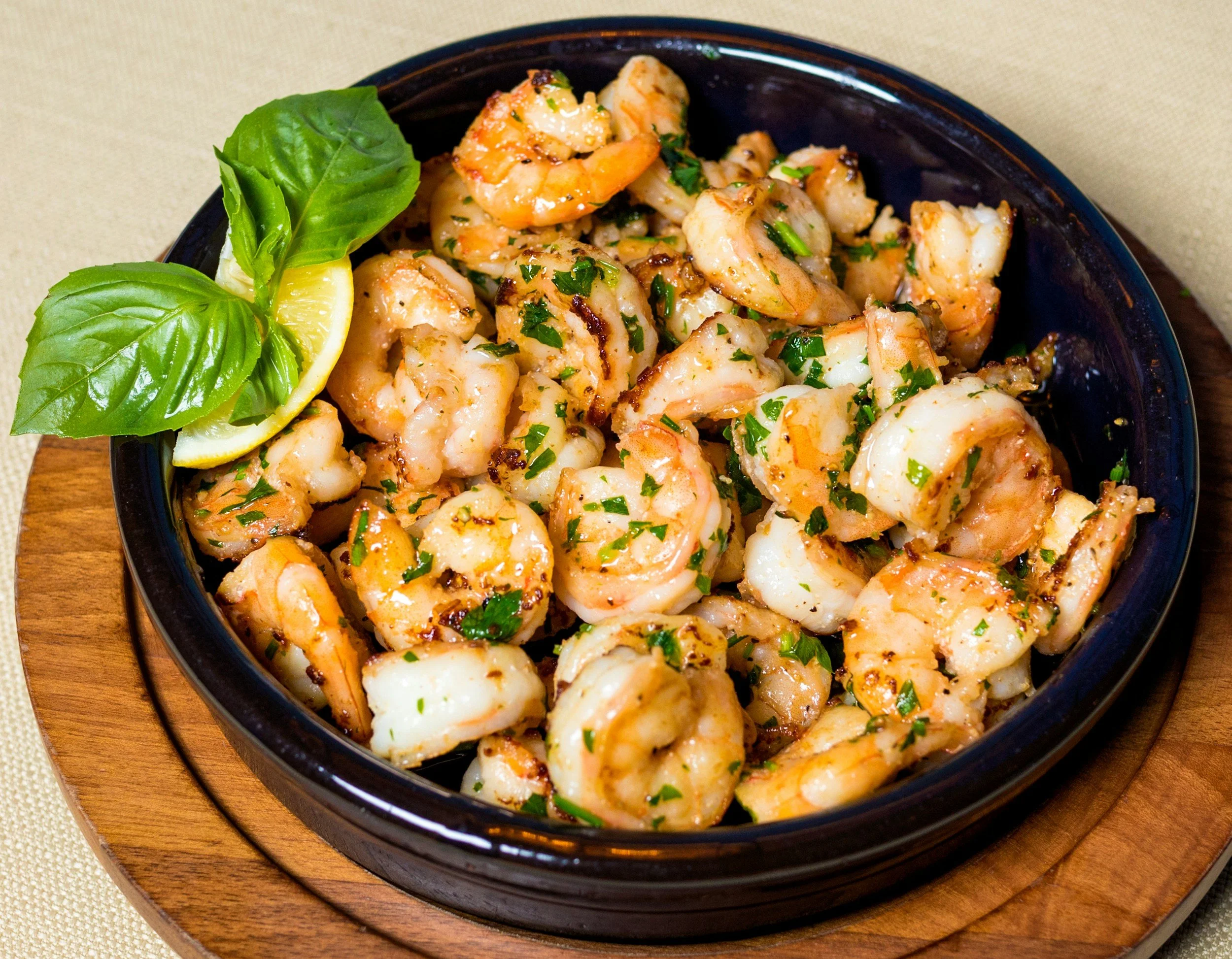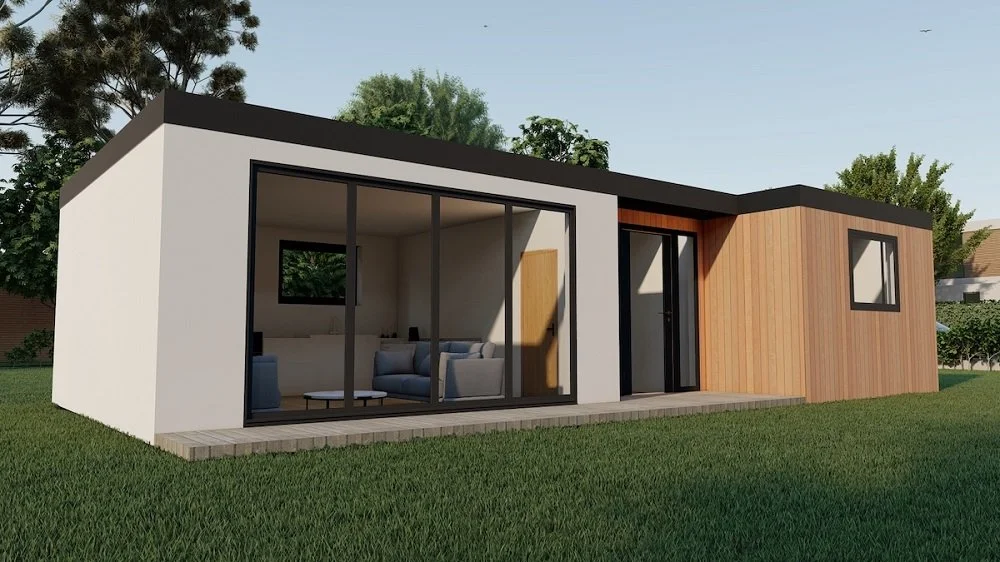Gardening for Beginners: 15 Simple Tips to Start Your Food Garden with Confidence
/Have you been thinking about starting your very first food garden? You’re in good company. More people are starting to grow at least some of their own food. There are many reasons for it, but among them is a growing realization that gardening has physical and mental health benefits, and a desire to have access to fresh, organic food without having to spend a lot for it. Growing your own fruits, vegetables and herbs is one of the most satisfying ways to eat healthier, save money, and enjoy fresh air, sunshine, and moderate exercise while you’re at it.
If you’re feeling a bit overwhelmed with how to begin, don’t worry. Every gardener—no matter how experienced—started somewhere. And with a little planning, patience, and these 15 beginner-friendly tips, you can set yourself up for success in your very first season.
1. Take time to observe your space
Before you plant a single seed, spend a few days getting to know your space. Where does the sunlight hit throughout the day? Are there areas that stay damp or dry out quickly? Is your home or shed shading part of your yard during certain hours of the day? Do you have trees in your yard that might compete for nutrients with crops that have been planted in the ground?
Fruiting plants like tomatoes, cucumbers, and peppers typically need at least 6-8 hours of full sun, while leafy greens and root veggies like lettuce and carrots are often happy with a little more shade.
Take notes, snap some photos, and consider mapping out your garden. This will make your planning process so much easier, especially if you’re trying methods like square foot gardening or companion planting.
2. Feed your soil
If you want healthy plants, you need healthy soil. It really is that simple.
A basic soil test (you can find inexpensive kits online) will tell you your pH and nutrient levels. From there, you can amend with compost, aged manure, or other organic materials. Mulching with shredded leaves, straw, or grass clippings is another easy way to improve your soil and keep moisture in.
As you grow your garden, you'll start thinking about your soil as a living thing to feed and protect—In fact, the best soil is an ecosystem teeming with good bacteria, beneficial insects, and nutrients, all of which are necessary for thriving plants and a healthy growing environment.
3. Start small
It’s tempting to plant all the things when you’re excited, but starting small gives you a chance to learn as you go without getting overwhelmed.
A good rule of thumb? Start with a space you can maintain in an hour or two each week. Try out a few crops instead of 10. Once you get the hang of it, you can always add on.
4. Pick beginner-friendly crops
Look for crops that grow quickly and don’t need a lot of fuss. Some of my favorite beginner plants include:
Lettuce (cool weather crop)
Radishes (cool weather crop)
Kale (cool weather crop)
Bush beans (warm weather crop)
Zucchini (warm weather crop)
Herbs like basil, mint, and chives (warm weather crops)
They’re fast growers, and you won’t have to wait months for your first harvest.
5. Make a plan
Once you know what you want to grow, sketch out your space and figure out where everything will go. Keep taller plants to the north so they don’t shade shorter ones. Group plants with similar water and sunlight needs together. Make sure that they’re spaced far enough apart to allow for air flow through the leaves until they reach maturity.
Planning doesn’t have to be complicated, but having a general idea will save you from overcrowding, underplanting, or just plain forgetting where you put the carrots.
6. Water wisely
Deep, consistent watering encourages strong roots. Shallow, frequent watering? Not so much. Using a soaker hose is even better than watering from above, which can contribute to leaf rot or leaf burn if the plants stay wet or are growing in hot weather conditions. Once you get the hang of it, switching to irrigation lines on a timer will help you avoid some common problems of overwatering or underwatering your plants.
Aim to water early in the morning to reduce evaporation and avoid wet leaves overnight (which can invite diseases). And remember—mulch is your best friend here. It helps keep moisture in and weeds out.
7. Use mulch
Speaking of mulch, don’t skip it, especially when the weather is warm (or hot!).
Mulch regulates soil temperature, conserves water, and keeps weeds under control. Organic mulches, like straw or shredded leaves, even break down over time and feed your soil. You can also mulch with compost – a 1-2-inch layer will do the trick.
8. Rotate your crops
Planting the same thing in the same spot year after year will deplete the soil and attract pests. Try to rotate plant families each season—if tomatoes were in one bed this year, plant beans or greens there next time.
9. Invite beneficial insects
Pollinators and natural predators (like ladybugs, lacewings and praying mantises) are key to a healthy, thriving garden. Plant flowers like marigolds, calendula, or nasturtiums to attract them, and watch your garden come to life.
10. Keep learning
Every season will teach you something new. Make notes about what worked (and what didn’t), ask other gardeners for advice, and most of all recognize that you’ll make mistakes. It’s all part of the learning process.
11. Try raised beds
If you’re dealing with poor soil or just want an easier, more organized setup, raised beds are a great option. They help with drainage, reduce weeds, and make gardening easier on your back. Using a potting mix or raised bed soil mix and amending these with compost or other organic matter as well as materials to help promote drainage (such as perlite, crushed eggshells, or vermiculite) will ensure that your plants get off to a healthy start.
12. Explore container gardening
No yard? No problem. You can grow plenty of food in pots and containers. Just make sure they have good drainage and use a high-quality potting mix, amended as noted above.
13. Go vertical
Trellises, cages, stakes and arbors aren’t just pretty—they save space and keep vining crops like cucumbers, beans, and squash off the ground, where they’re less likely to rot or attract pests. They also allow you to grow more crops using less space.
14. Use companion planting
Some plants just grow better together. For example, tomatoes love being near basil (it may even make them taste better), and carrots enjoy the company of onions, which help repel pests. Try our companion planting guide, available in our Free Resources library, to help you know what to plant and how.
You’ll also find a comprehensive companion planting guide in our garden guide and journal, available on Amazon.com.
15. Try soil blocking for seed starting
Soil blocking, or molding seed starting mix into a block and planting your seeds in it, is a fun, eco-friendly way to start seeds without using plastic pots. The method helps prevent root-bound plants and makes transplanting easier by encouraging strong, healthy root systems that are regularly exposed to air.
It’s a little more work up front, but many gardeners swear by it for getting their seedlings off to the best possible start.
Make it Easy
Starting your first food garden doesn’t have to be complicated or stressful. Take it one step at a time, be kind to yourself as you learn, and remember: every great gardener started exactly where you are now.
With a little planning and patience, you’ll be harvesting fresh, homegrown food before you know it—and enjoying the peace of mind that comes with knowing exactly where your food came from.
Looking for extra help staying organized? Visit our Etsy shop for downloadable printable garden planning sheets designed to make your gardening season smoother and more successful, from seed starting to harvest.











































If you love growing your own food but feel like you should be getting more from your harvest, succession planting may be the answer. Succession planting is a gardening technique that involves planting different crops in the same space throughout the growing season to maximize your harvest. This method is particularly useful for container gardens, where space may be limited but getting a continuous harvest over time is important.